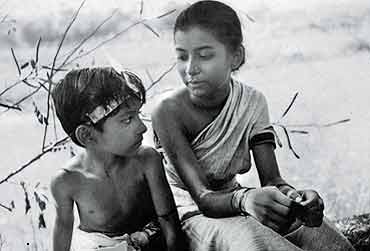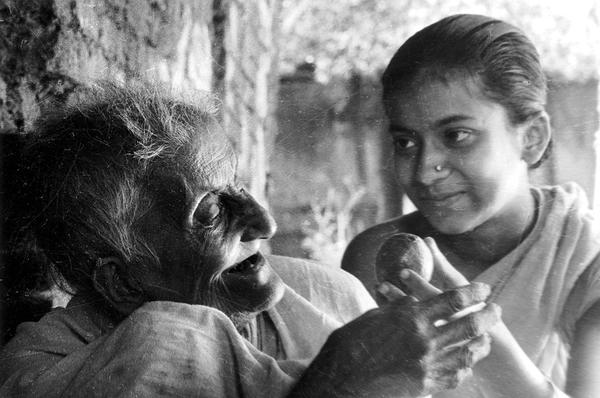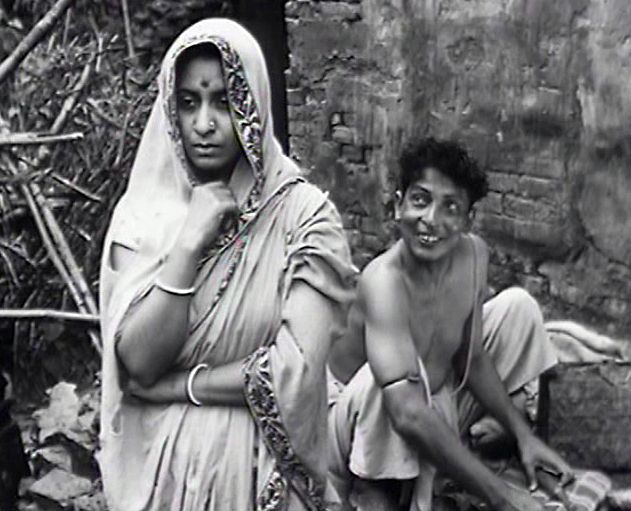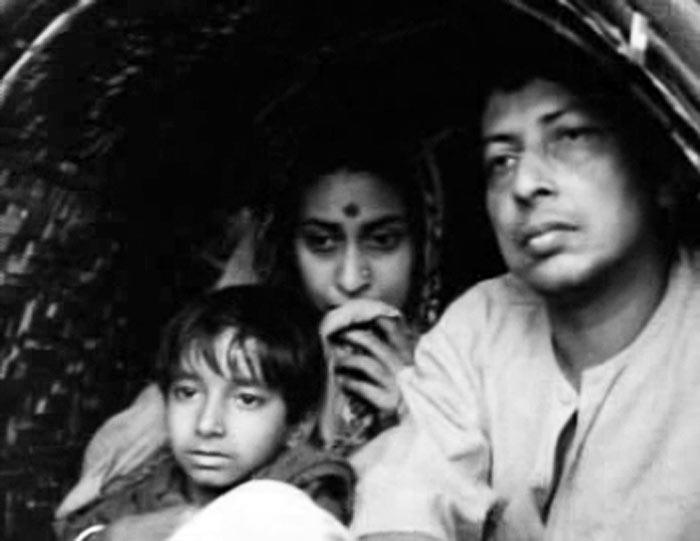
International Computer Magazine
|
Pather Panchali is Ray's debut film, and the first film of his 'The Apu trilogy'. The remaining two films of the trilogy, Aparajito and Apur Sansar, follow Apu as the son, the man and finally the father. Pather Panchali has a universal humanist appeal. Though the film deals with the grim struggle for survival by a poor family, it has no trace melodrama. What is projected in stead is the respect for human dignity. "The first film by the masterly Satyajit Ray - possibly the most unembarrassed and natural of directors - is a quiet reverie about the life of an impoverished Brahman family in a Bengali village. Beautiful, sometimes funny, and full of love, it brought a new vision of India to the screen." - Pauline Kael |
|
"As deeply beautiful and plainly poetic" -Pather Panchali
|
|
with the characters. Some critics found the film to be too slow. Satyajit Ray wrote about the slow pace. "The cinematic material dictated a style to me, a very slow rhythm determined by nature, the landscape, the country. The script had to retain some of the rambling quality of the novel because that in itself contained a clue to the authenticity: life in a poor Bengali village does ramble." We see speechless Apu, for the first time taking the centre stage in the story. Till now the story was seen through the point of view of either Sarbajaya or Durga. It is only in these final moments that we see Apu as an independent individual. |
    |